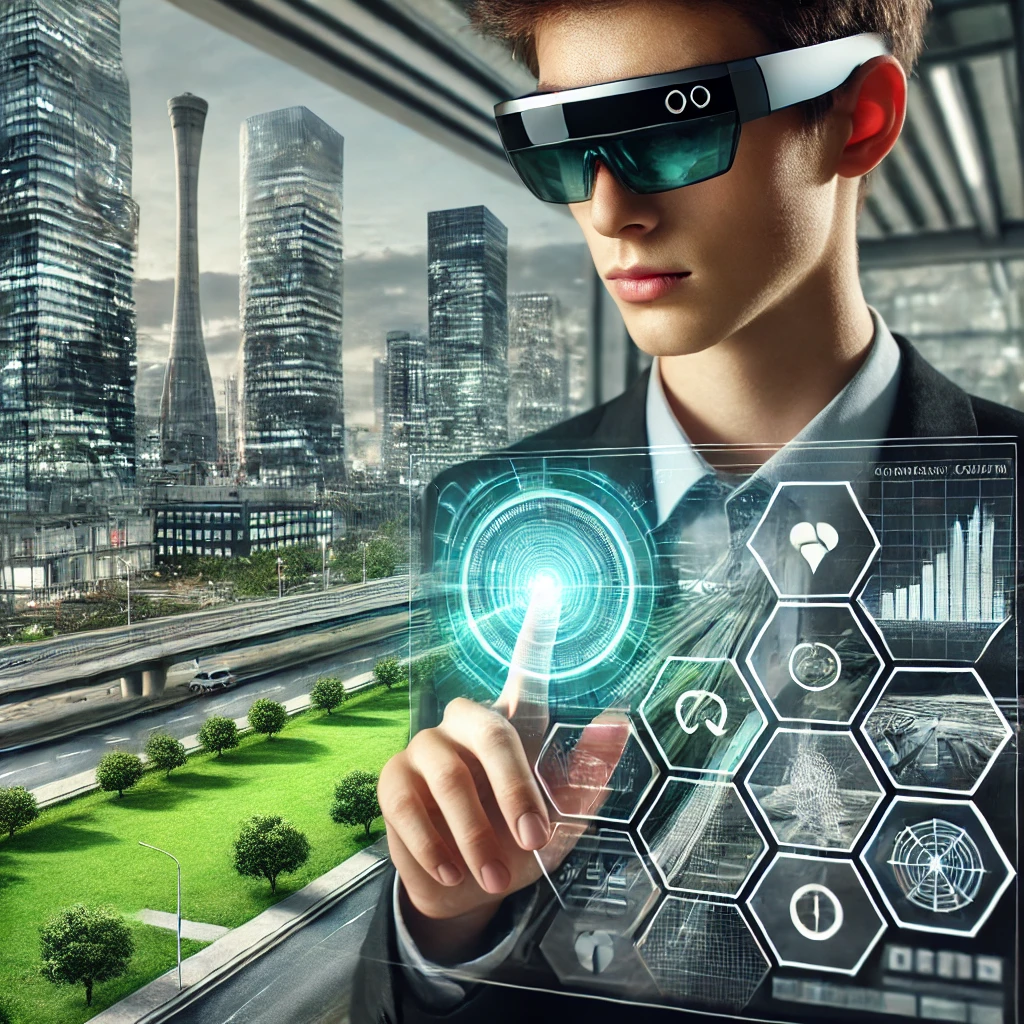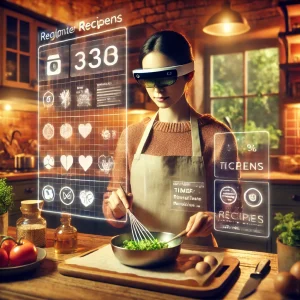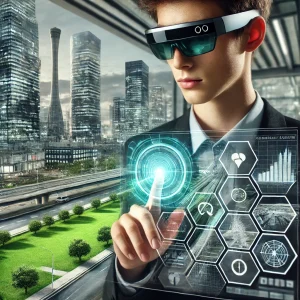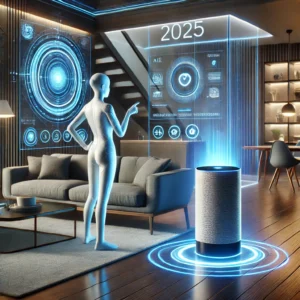
Students using smart glasses for an augmented reality classroom session.
How Smart Glasses Could Transform Everyday Life

How Smart Glasses Could Transform Everyday Life.
Discover how smart glasses could revolutionize everyday life. From work and education to entertainment and healthcare, explore the transformative potential of this groundbreaking technology.
The rapid evolution of technology continues to blur the lines between reality and the digital world. Among the most exciting innovations at the forefront of this transformation are smart glasses. These wearable devices, equipped with augmented reality (AR) and advanced computing capabilities, promise to revolutionize how we interact with our surroundings, access information, and perform daily tasks.
This article explores how smart glasses could transform various aspects of everyday life, from work and education to healthcare and entertainment.
—
Understanding Smart Glasses
Smart glasses are wearable devices that integrate computing technology into a pair of eyeglasses. They allow users to overlay digital information on the physical world, enhancing real-world experiences with augmented reality.
Key Features of Smart Glasses
Augmented Reality: Overlaying digital visuals onto the real-world environment.
Voice Control: Hands-free operation through voice commands.
Gesture Recognition: Interaction with digital content using hand movements.
Real-Time Data Access: Instant notifications, navigation, and information retrieval.
Connectivity: Integration with smartphones, IoT devices, and cloud-based services.
READ ALSO: The Role of 3D Printing in Revolutionizing Manufacturing.
—
Applications of Smart Glasses in Everyday Life
1. Enhancing Productivity at Work
Smart glasses can revolutionize how professionals work by providing instant access to critical information. For instance:
Field Workers: Technicians can receive step-by-step instructions while keeping their hands free.
Corporate Environments: Virtual meetings can become more interactive, with holographic presentations and collaborative tools.
Design and Engineering: Architects and designers can visualize 3D models directly in real-world settings.
2. Transforming Education
Education becomes more immersive with the use of smart glasses:
Virtual Classrooms: Students can participate in interactive lessons with AR overlays.
Enhanced Learning: Visualizing complex concepts, such as anatomy or historical events, makes understanding easier.
Field Trips: Virtual tours of historical sites or planets in the solar system enrich the learning experience.

—
3. Revolutionizing Healthcare
In healthcare, smart glasses offer groundbreaking possibilities:
Surgical Assistance: Surgeons can view patient data and detailed instructions without looking away from the operating table.
Remote Consultations: Doctors can guide procedures from afar using AR visuals.
Patient Monitoring: Nurses and caregivers can track patient vitals and medication schedules through integrated systems.
4. Redefining Entertainment and Gaming
Smart glasses promise unparalleled experiences in gaming and entertainment:
Immersive Gaming: AR games that blend with your physical environment.
Interactive Media: Watching sports or concerts with real-time stats and commentary overlays.
Virtual Tourism: Exploring distant places without leaving your home.
—
Benefits of Smart Glasses
1. Hands-Free Convenience
Unlike smartphones, smart glasses allow you to perform tasks without the need for physical handling.
2. Seamless Integration
By blending digital and real-world elements, smart glasses make accessing information intuitive and non-intrusive.
3. Increased Accessibility
For people with disabilities, smart glasses can offer features like real-time translation, navigation assistance, and even visual aids for the visually impaired.
4. Eco-Friendly Potential
Smart glasses can reduce paper waste by digitizing tasks like note-taking, instructions, and ticketing systems.
—
Challenges and Limitations
While the potential of smart glasses is immense, several challenges remain:
Cost: Advanced features make these devices expensive.
Privacy Concerns: Continuous recording and data collection may raise ethical issues.
Battery Life: High-performance devices often face limited battery duration.
Adoption Barriers: Users may be hesitant to embrace wearable tech due to unfamiliarity.
—
The Future of Smart Glasses
As technology evolves, smart glasses are expected to become more affordable, lightweight, and versatile. Companies like Apple, Google, and Meta are already investing heavily in AR innovations, signaling that smart glasses will soon be as common as smartphones.
Possible advancements include:
AI Integration: Enhanced predictive capabilities and personalization.
Better Connectivity: Seamless integration with 5G and IoT ecosystems.
Improved Design: Fashionable and lightweight designs for everyday use.
—
Conclusion
Smart glasses are not just a technological novelty—they are poised to redefine how we live, work, and play. By seamlessly integrating digital content into our physical world, these devices promise to enhance productivity, education, healthcare, and entertainment. As smart glasses become more accessible, they have the potential to transform everyday life in ways we can only begin to imagine.





